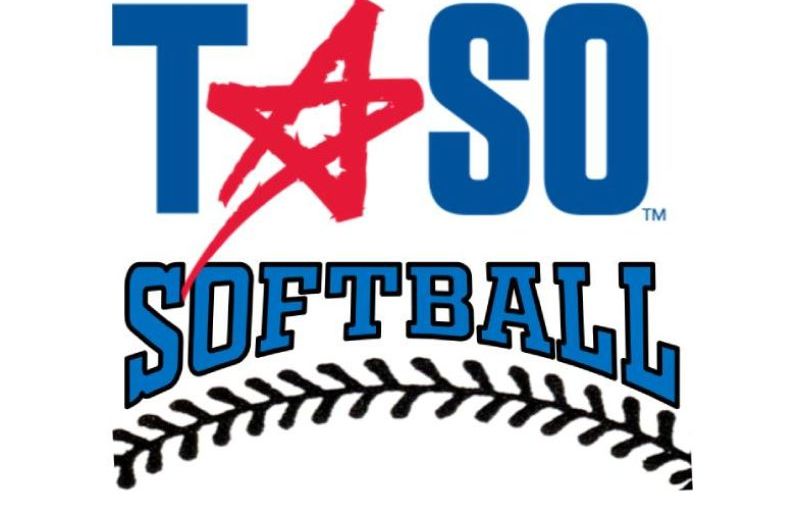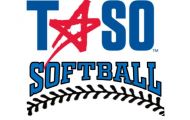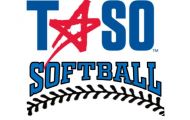
03-31-2025 NFHS SOFTBALL WEEKLY RULE INTERPRETATIONS
2025 NFHS Softball Rule Interpretations March 31
March 31, 2025
NFHS Softball Weekly Rule Interpretations
Situation 1: At the pregame conference the home plate umpire introduces themselves and their partner then allows both coaches and captains to introduce themselves. The plate umpire then looks to the home team coach and says, “Coach take us around your field and provide the ground rules.” RULING: Incorrect procedure. Although coaches are allowed to ask questions and must attest that their players are legally and properly equipped, discussion at the pregame conference is the responsibility of the plate umpire. Part of the umpire’s pregame responsibilities is to inspect the field prior to the pregame conference and determine any specific ground rules that will be used for that game. As listed in the umpire manual, specific ground rules necessary for unique conditions on the field being used should be reviewed with the home team coach prior to the pregame conference. If there is a conflict this should be resolved prior to the pregame conference with the umpires having the final determination. Umpires should always remember that a ground rule cannot supersede a book rule. Once these ground rules are determined the plate umpire should be the one to review them with both head coaches at the pregame conference. Even though the home team coach was involved in the creation of the ground rules, the plate umpire should be the one to inform both coaches of these ground rules at the pregame conference. Allowing the home team coach to provide the ground rules at the pregame conference gives a perception of imbalance between the two teams. It gives the impression that the home team coach is the one dictating, or in charge of, the ground rules not the umpires. As the neutral party who is responsible for enforcing them, the umpire and in this case the plate umpire, should be the one to provide these ground rules. (4‑1‑2, 10‑2‑3a, NFHS Umpire Manual Part 1, Pregame Responsibilities & Pregame Conference with Head Coaches and Ground Rules)
Situation 2: Team A is at bat when B1 hits a fly ball that leaves the playing area in fair territory without touching the ground. As B1 is almost to second base they see the ball clear the fence and begin celebrating as this is their first home run. As they are jumping up and down, they do not touch second base, they then continue on around the bases touching third base and home plate. After touching home plate, a teammate tells them they missed second base and B1 retouches home plate then third base on their way to touch second base. After touching second base, they then legally retouch third base and home plate. Team B then appeals B1 missing second base saying the runner cannot return to touch a missed base after they have scored. The umpires agree and call B1 out and negates the run. RULING: Incorrect ruling by the umpires. A runner may return to touch a missed base until a following runner has scored or they leave the field of play. Since neither of these items occurred B1 can return to touch second base as long as they retouch the bases in reverse order. There are other areas in the rules where a runner cannot return if they have reached a base beyond the base missed but those apply to a situation where the runner is awarded bases for a violation by the defense (obstruction or actions resulting in the ball going out of play) or on a caught fly ball, neither apply to this situation. (2‑1‑6, 8‑3‑1, 8‑3‑2, 8‑3‑9, 8‑4‑3f)
Situation 3: In the third inning Team A has R1 on third base, R2 on first base and one out, B4 bunts a ball that goes off the bat into the air. F1 dives and catches the ball as they fall to the ground. As they are
almost to the ground they are reaching inside the mitt to get the ball to throw to first base as R2 was off with the pitch and there is the chance of a double play. As they reach for the ball at the same time they are pushing to get up, the ball slips from their hand and they fall back to the ground with the ball ending up beside their glove. Team B’s coach insists that this is not a catch as the fielder lost control of the ball as they fell to the ground. The umpire rules that in their judgement F1 gained control of the ball making the catch and dropped the ball while attempting to transfer it to the throwing hand. This results in B4 being out. RULING: Correct ruling. If the umpire judges that the fielder securely gained possession of the ball and then dropped the ball either in transferring it to the throwing hand or in making the throw the ball shall be ruled caught. (2‑9‑3)


